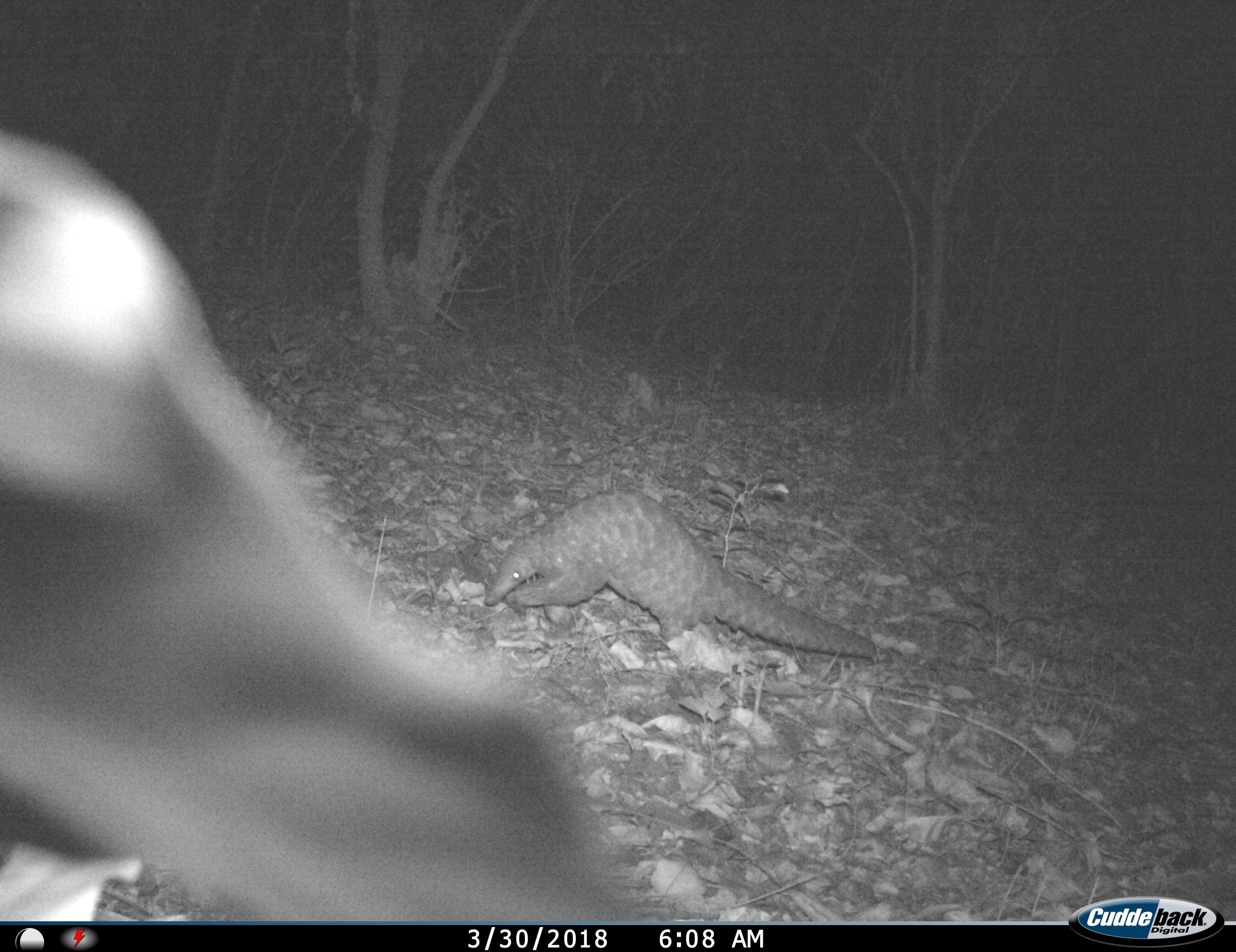I was SO EXCITED to see Indian pangolins (also called thick-tailed pangolins) on our camera traps in India! Getting a pangolin on our camera traps is special for two reasons: (1) they are super cool looking, and (2) they are under attack. The Indian pangolin is an endangered species.
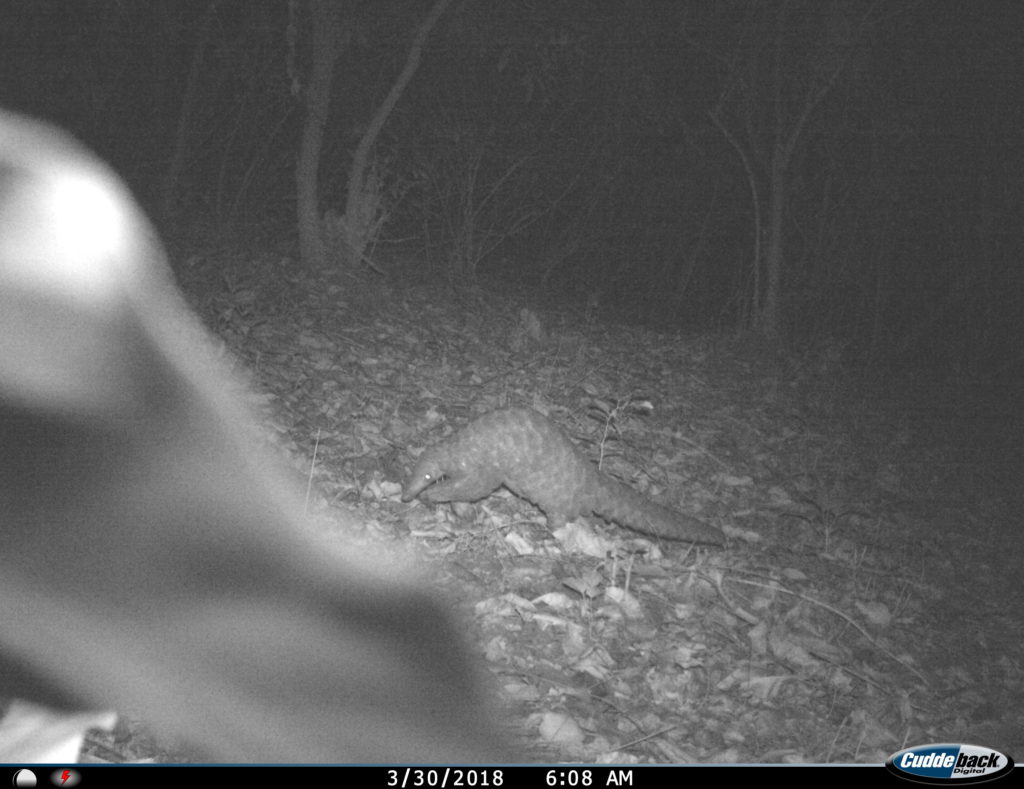
Pangolins are some pretty crazy looking mammals – yes, mammals. They are in their own order (Pholidota) and family (Manidae) and there are a total of eight species in the world.
But don’t mammals have fur? Yes, all mammals have fur, but some have modified fur. Pangolins are one of these mammals. They have scales made up of keratin, the same protein that makes up hair. These scales are essentially a form of fur.
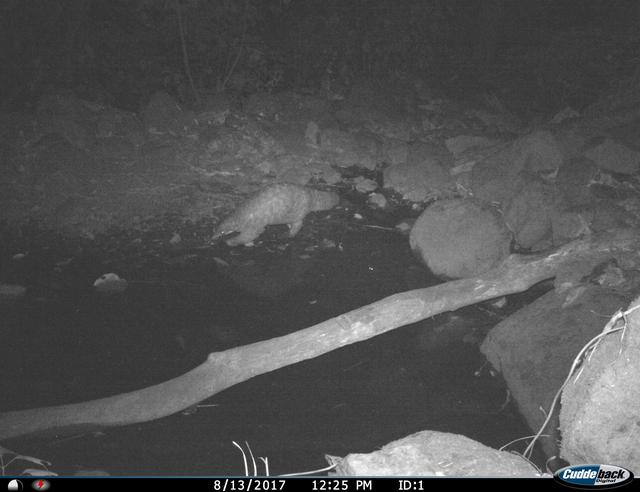
These scales are unfortunately the reason why pangolins are under attack. Pangolins are highly sought after by poachers because people pay a lot of money for them, largely for their use in Chinese medicine, making pangolins the most trafficked groups of species on the planet.
Approximately 300 pangolins are poached (illegally killed) every day because people want their scales (for traditional Chinese medicine) and meat (a delicacy in China and Vietnam). These scales are thought to cure many things including arthritis, nervousness, crying in children, women possessed by devils and ogres (love that this is gender specific!), malaria, and deafness. The key word is thought. They don’t.
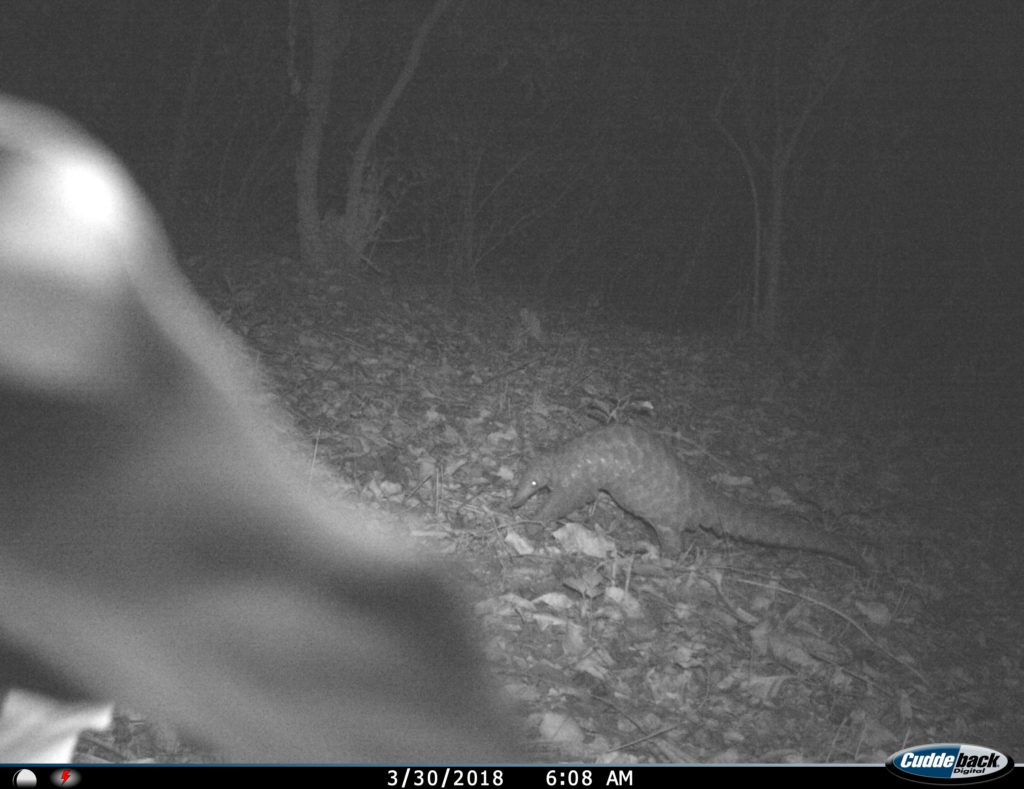
The problem is also that this rate of pangolin killing is unsustainable. All pangolins are threatened and some critically endangered, even despite a ban to trade them. So now it relies on us spreading the message to not buy these types of products.
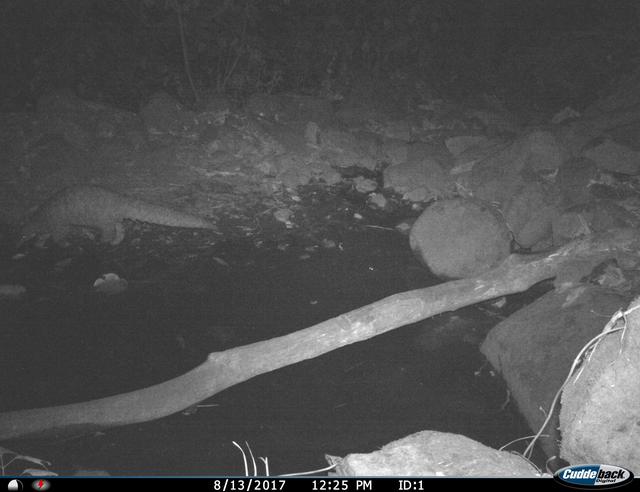
To draw more attention to this problem (and for my own fun), I dressed up as a pangolin for Halloween one year! Not my best costume – I ran out of time to make claws and attach more scales, but I was really excited to talk to people about this awesome mammal. Not surprisingly, many people didn’t know my costume even when I told them what it was, which shows how little people are aware of this endangered mammal (lots of species). But it was a great conversation starter!
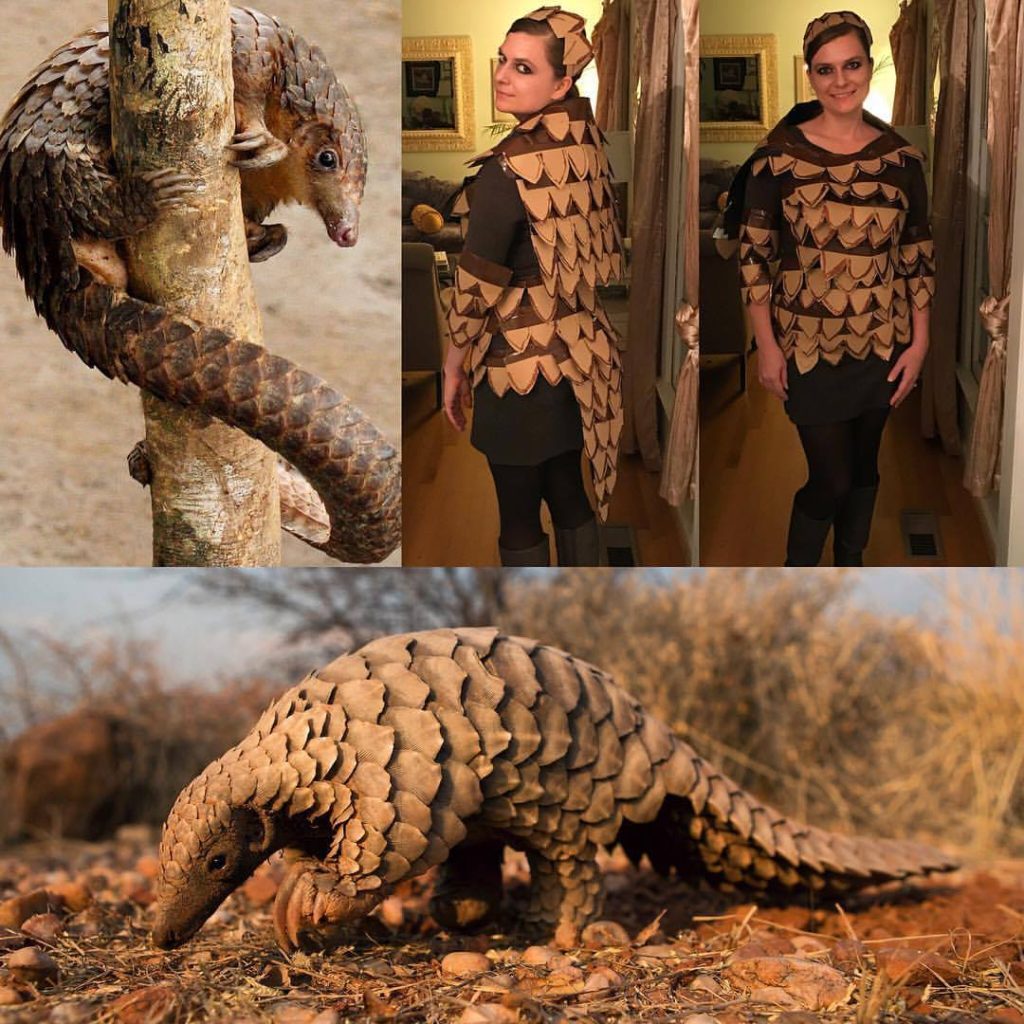
Getting Indian pangolins on camera traps is extremely important for conservation because there is so little known about their populations trends. Check out this statement on the IUCN Red List’s species page for the Indian Pangolin: “There is virtually no information available on population levels of any species of Asian pangolin. There is a lack of research on population densities and on local, national and global populations (WCMC et al. 1999, CITES 2000).” Therefore, every camera trap photo counts, and when we aggregate data across projects (as we are for Wildlife Insights), we can start to come up with some estimates.
Finally, the coolest part about these pangolin photos is the they were taken near schools on camera traps set up by kids in India! We are now working with 20 schools in Western India to document the wildlife around schoolyards. Kids not only contribute valuable information for wildlife management and science, but they also learn about the species where they live and hopefully grow up wanting to ensure the conservation of native species.
For more of my favorite animals captured on the Indian camera traps, read “13 Amazing Camera Trap Photos from India Taken By Kids.”

Love this post? Share it with friends!

